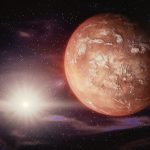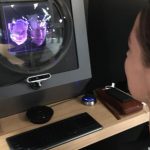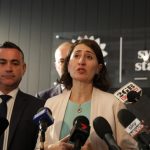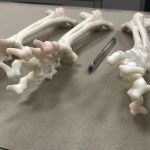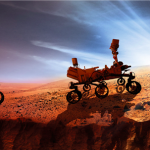The stars align for Australia’s space agency
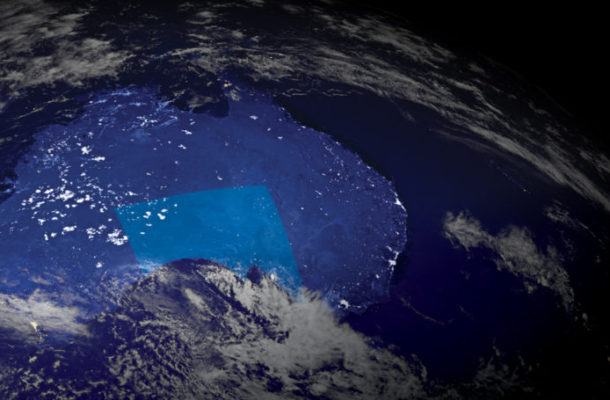
Fifty of the global space industry’s rising stars have been studying the effectiveness of the world’s space agencies in a bid to help shape Australia’s new official Federal agency.
The research is being done in Adelaide, South Australia, as part of the Southern Hemisphere Space Studies Program (SH-SSP), which brings together some of the brightest young industry professionals and senior university students each year.
The five-week program featuring participants from 15 countries, began on 15 January and is a collaboration between the International Space University (ISU) and the University of South Australia. The course participants are also tackling a team project on using space technology to improve global disaster management.
It has been an important 12 months for Australia in space and Adelaide, in particular.
The South Australian capital hosted the 68th International Astronautical Congress in September where the Australian Federal Government announced it would this year establish a National Space Agency. A reference group is expected to report on what the Australian national agency might look like in March.
Space Industry Association of Australia (SIAA) Chairman and SH-SSP Co-Director Michael Davis said the space school’s final report would be presented on February 15 to provide an international comparison of the aims, structuring, governance, funding and effectiveness of international space agencies.
He said the group had already identified 71 agencies around the world, however, not all of them would be studied in detail.
“It won’t be in sufficient time to feed into the expert reference group report but we think it will be still useful to the Commonwealth Government in actually making decisions about the size and shape and funding for our space agency,” Davis said.
“We think it will also be a useful reference tool for space agencies throughout the world because as far as we can judge there hasn’t been much done in this area of research – there’s been a lot done on the legal responsibilities of space agencies but not much done on their actual activities and effectiveness and comparative funding.”
NASA Chief Innovation Officer Dr Omar Hatamleh has taken on the role of ISU Space Studies Director and is in the second half of a two-year secondment.
He said the unique value of the report was in the fact it was being compiled by people from around the world with a variety of skill sets.
“We have people from the Chinese and Indian space agencies, people from Europe, South America and their broad perspective and diversity is going to make the report very different,” Dr Hatamleh said.
“Typically when a group of engineers from Australia sits down to do a report it’s going to be very limited to their point of view but this adds another dimension of international perspectives.”
International Space University began in 1988 and has its main campus in Strasbourg, France. This month’s SH-SSP is the seventh time since 2011 the University of South Australia has hosted the program. This year’s mark of 50 participants is the highest yet, eclipsing the 39 participants in 2017.
The five-week program also includes 42 lectures across a variety of space fields including engineering, human performance in space and space applications as well as hands-on workshops and the two practical projects.
Dr Hatamleh said this year participants would for the first time be able to design, build and launch space rockets and be taught how to build cubesats by international experts.
However, he said the greatest value of the program was the global connections made and team-building skills learned as part of the group projects.
“Imagine the dynamics in the group – people you’ve never worked with before and being able to deal with big groups like that with so much diversity so when they go back to their workplace they’ll be able to deal with any group – it teaches you skills that are difficult to match anywhere else.”
Andrew Spence is a journalist, editor, leader and manager with more than 13 years experience in the South Australian media industry.

